In the interwar period, Czechoslovakia expanded its powerful network of fortifications along the border with Germany. Today we look at the ghosts of Czech border fortifications captured by Czech photographer Roman Kubeček.
Work on the fortifications began in 1935 because of fears of a German invasion at the border (number 1545 kilometers). The huge project aimed to build thousands of bunkers and defensive positions along the border with Germany, Austria and Hungary.
These Czechoslovakian fortresses were managed by elite soldiers, so called border regiments, who had to abandon and surrender their their posts because of the Munich Agreement. Unfortunately, these fortifications have never helped in the defense of their southern neighbor.
Roman Kubeček has created a series of incredible photographs depicting the fortifications during the war and today. (*The captions are his.)
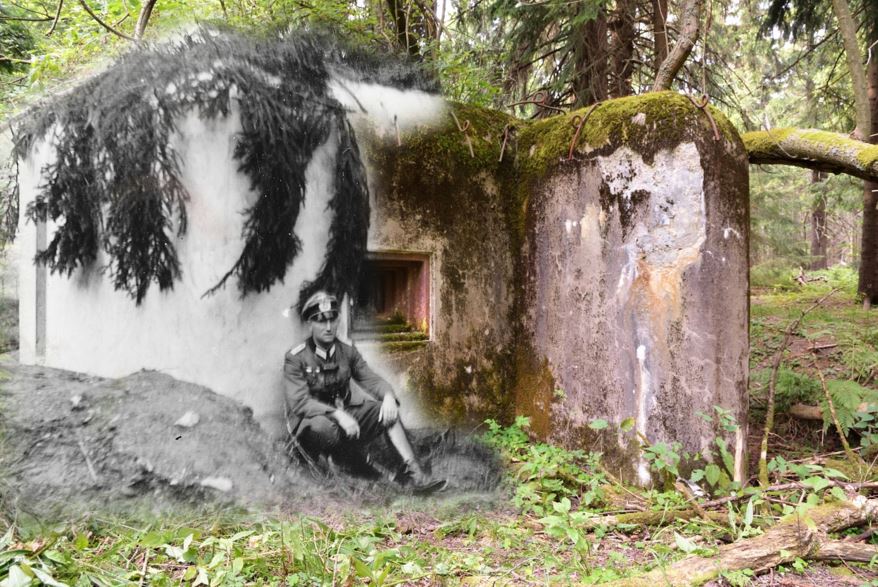
German officer, lieutenant Mogschar, in front of Czechoslovakian bunker of light type by its designers called model 37, in fact iron concrete machinegun nest, which he was supposed to assault in lead of his platoon on November 1st 1938. Rýchory, Giant Mountains.
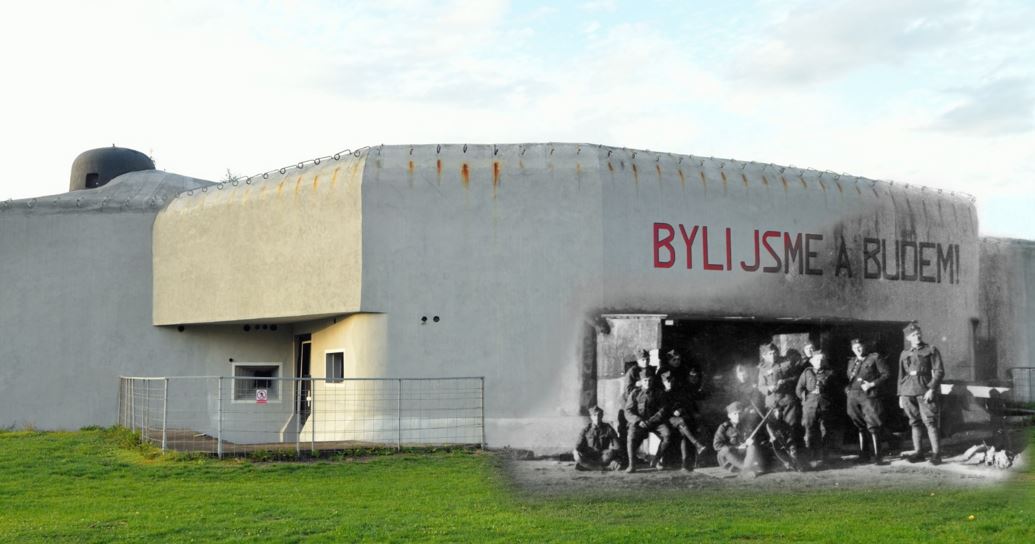
A dozen soldiers from the crew of infantry casematte K-S 14 „U cihelny“ („By the brickyard“). Sergeant Arnošt Hrad, executive officer of this bunker, defied the order calling for retreat and committed a protest suicide. In letter of his addressed to his commanding officer, crew of the fortress visible on the pic and family of Sergeant Hrad. He explained that he chose to die with honor before giving up a single inch of ground to the enemy. Today K-S 14 is a museum of Czechoslovakian First Republic, Munich crisis and person of Sergeant Hrad himself.
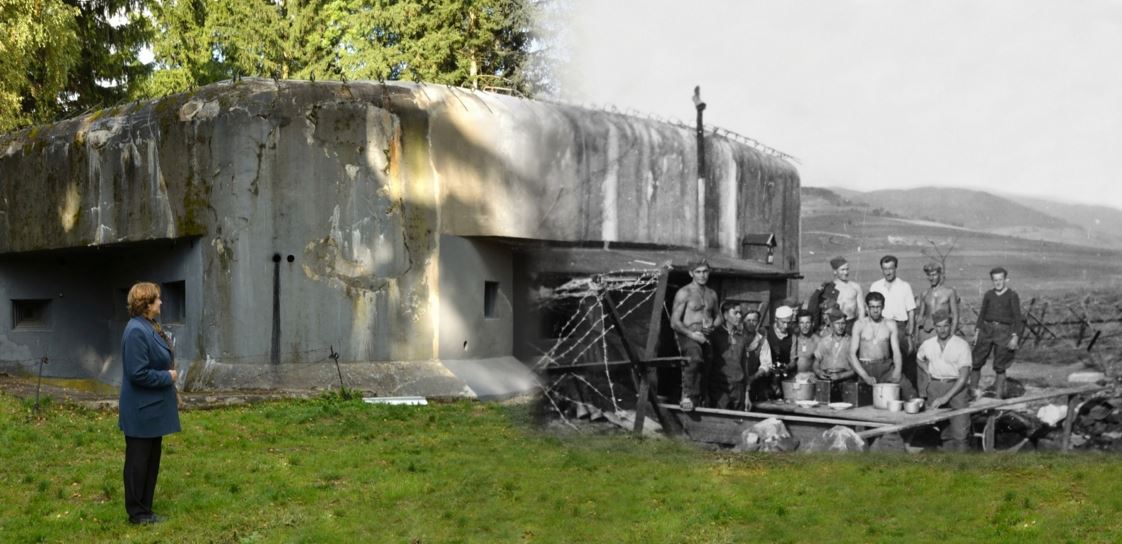
Infantry casematte K-S 5 „U potoka“ („By the stream“). Miss Marie Pšeničková, daughter of its commanding officer, lieutenant František Čech, looks across the time back into 1938 on the men serving under her father command… Nowadays this bunker is completely restored and served as a museum of czechoslovakian fortification system thanks to more than 20 years long effort of club of military history Kralka.
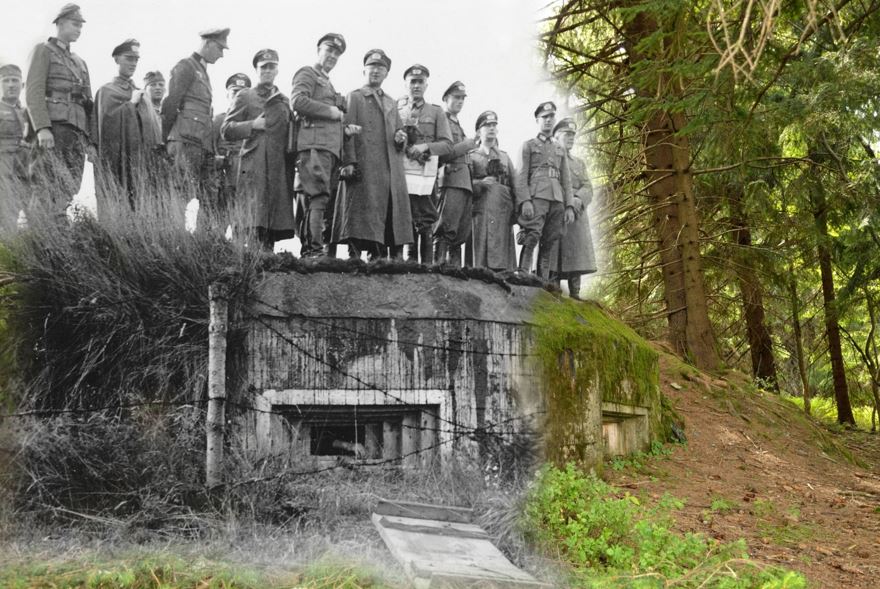
Nazi officers by the czechoslovakian type 36 designated as bunker of light type, this position should be overrun according the Nazi attack plan on November 1st 1938.
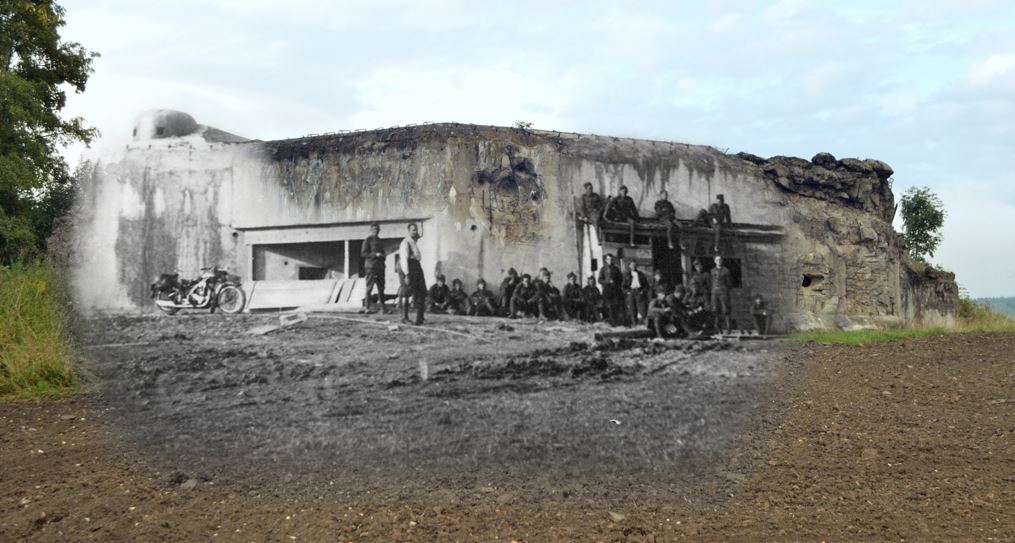
Part of the crew of infantry casematte K-S 15 „U lípy“ („by the linden“ – czechoslovak national tree). Several of these photographs were taken of an unknown officer of 6th border regiment shortly before Munich treaty was signed.
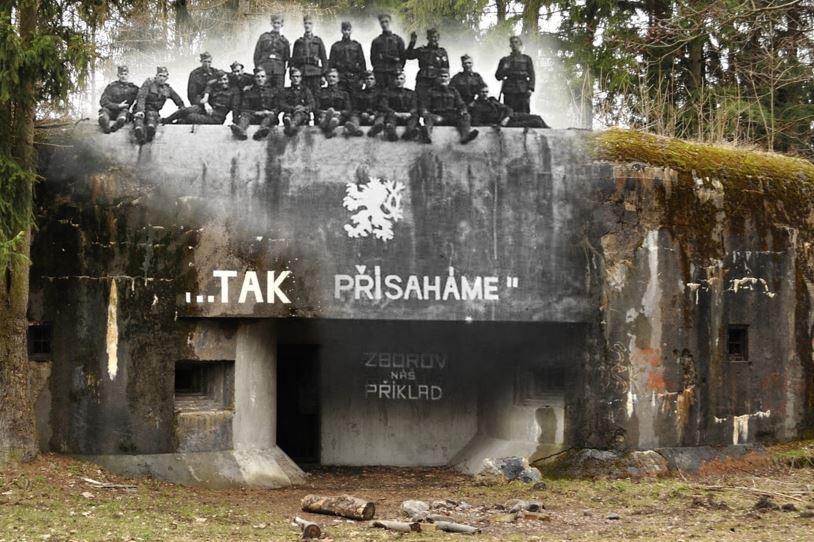
Infantry casemate K-S 35 „Nad lesem“ („above the forest“). Posing on the ceiling are the soldiers of the crew – members of an elite 19th border regiment. Visible motto was painted by one of them and it referred to the famous battle of the czechoslovak legionaries during the time of WWI, in 1917.
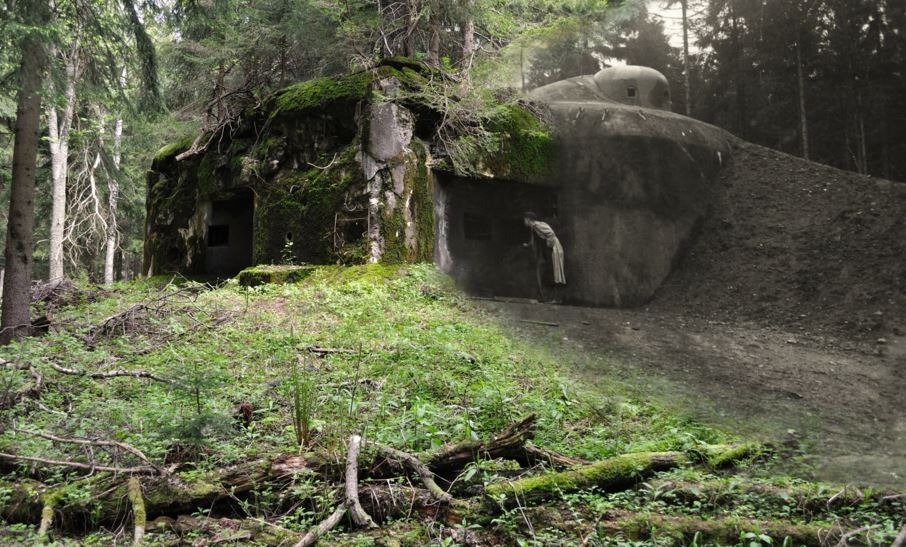
Unknown civilian visiting infantry casematte R-S 67 „Ohrada“ („Game reserve“) during October 1938. Majority of the abandoned fortificated line tempted for visit after retreat of Czechoslovak troops.
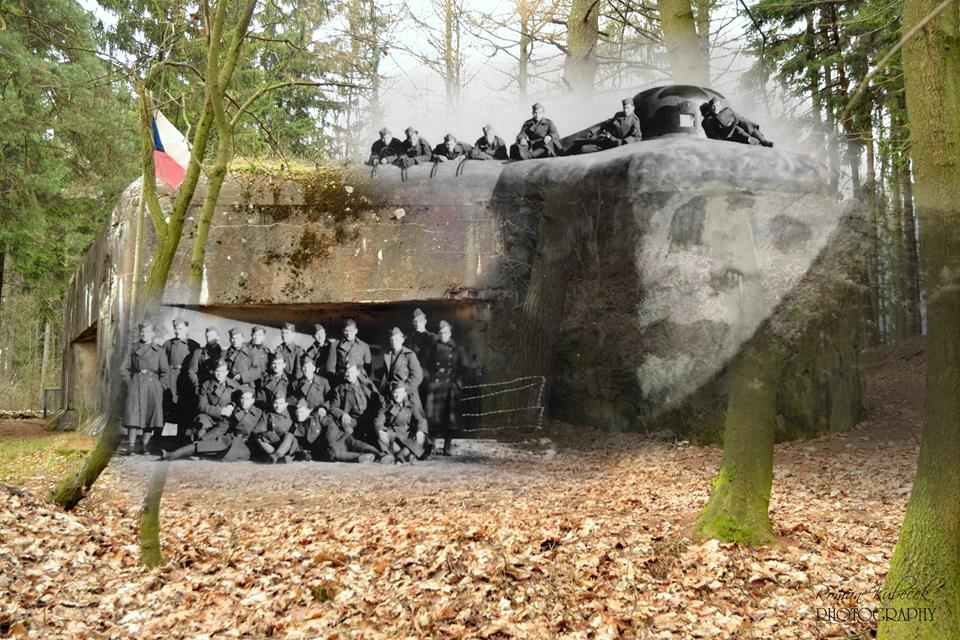
Infantry casematte T-S 2 „Studénka“ („Well“) located near the previous bunker. Czechoslovakian soldiers are also very well visible.
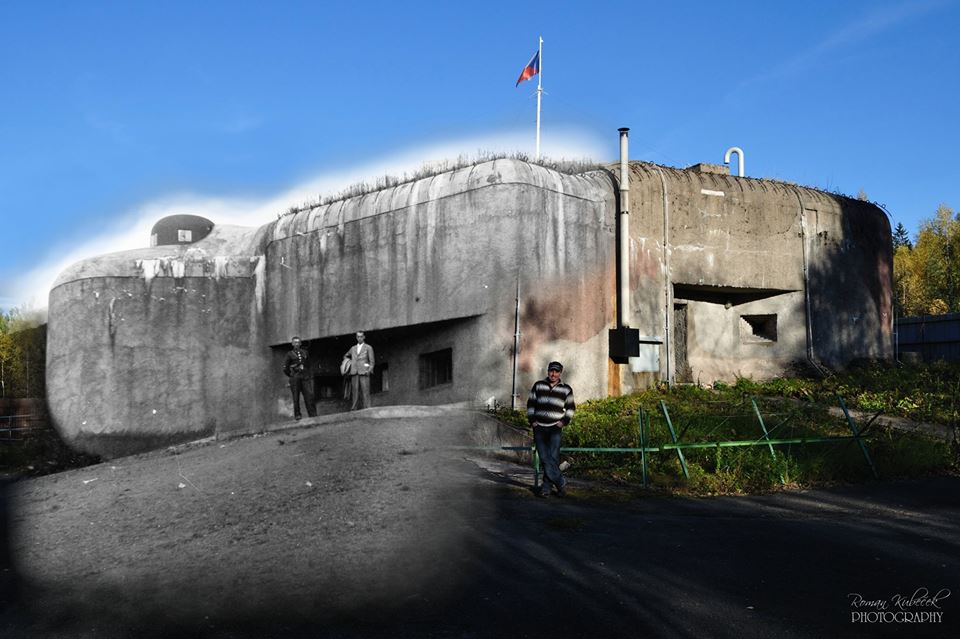
Pěchotní srub N-S 71 ” V sedle” u Náchoda. Today it is a museum.
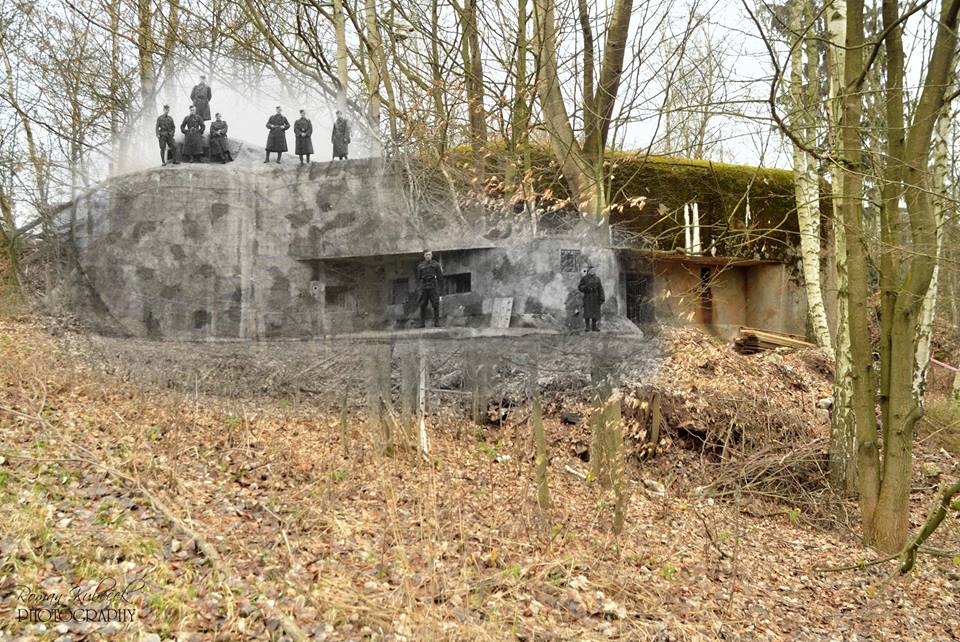
Infantry casematte T-S 7 „Lom“ (meaning „Mine“, codename and its callsign for telephone communication), near by Zbečník u Hronova, still held by its original crew – soldiers of Guardian Battalion VIII.
It’s important to note that even the enemy himself showed a great deal of respect to the Czechoslovakian fortress system.
When you will be standing by a single bunker, you wait out, while a crew salutes you, because – as veterans of border regiments often used to say – our bodies had to retreat, but our souls linger on there.
Sadly, the huge fortifications that were supposed to protect the country became a symbol of their failure and subsequent submission to Nazi Germany.
After the takeover by the Germans, most of the fortifications were occupied and used, especially in the final phase of the war against the advancing Soviet forces.
Today almost all of the remaining light objects of the fortresses are freely accessible and open to the public. Some of the heavy objects are also accessible, others may be rented or sold to enthusiasts. A certain number were turned into museums and very few into depots.
The “Hanička” Artillery Fort was being rebuilt into a modern shelter for the Ministry of Interior between 1979 and 1993, but declared unneeded in 1995. A museum has been created there.
Roman Kubeček, Czech photographer, made a series of great pictures combining old photographs with contemporary. He calls them
More pictures can be found on the photographer’s website and Facebook fan page. He also has a gorgeous album entitled Československo 1938. (Note that Roman also thanks and acknowledges Franta Bauer for the period/vintage photos.)
You can also see some video footage of the fortifications here:
[youtube width=”750″ height=”420″]https://www.youtube.com/watch?v=vEhTyg2Y6Ow[/youtube]
Information Source: Smart Age
Learn more about the fortifications on Wikipedia and visit a fortress here.
We tirelessly gather and curate valuable information that could take you hours, days, or even months to find elsewhere. Our mission is to simplify your access to the best of our heritage. If you appreciate our efforts, please consider donating to support this site’s operational costs.
See My Exclusive Content and Follow Me on Patreon
You can also send cash, checks, money orders, or support by buying Kytka’s books.
Your contribution sustains us and allows us to continue sharing our rich cultural heritage.
Remember, your donations are our lifeline.
If you haven’t already, subscribe to TresBohemes.com below to receive our newsletter directly in your inbox and never miss out.




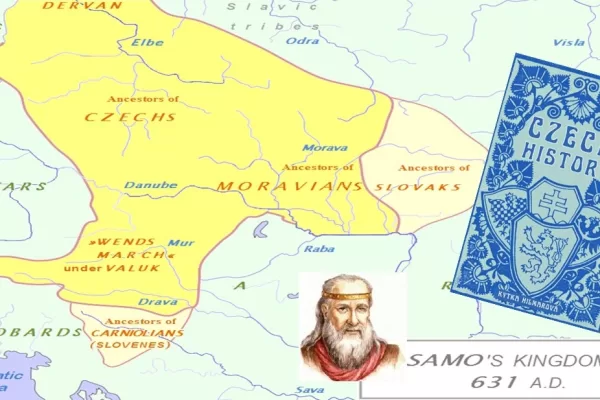















I know – my father was an army officer of the first republic. I heard a lot about the wonderful fortification. Unfortunately – as we all know – then came the Munich agreement and Czechoslovakia was offered to Hitler for appeasement which never really was meant and honored. Pity…..